Growing an email list can be tricky. The number of subscribers you can get per day depends on the type of content you publish, the niche you are in, the number and source of visits and many other factors.
Email is the most popular tool, used by 50% of the population but people are very careful as to where they give their email addresses. That’s why only a small percentage of your website visits will register to your list.
Nevertheless, there are proven techniques you can use to maximize the number of people that will sign up for your list and this is exactly the purpose of this guide.
- What is the importance of having an email list?
- How to create an email list
- How to grow your email list
What is the importance of having an email list?
Many people may wonder ‘what’s the big deal?’, why to spend time and effort in building an email list in a period where social media is dominating online networking.
Well, for starters it works better than social media in many ways. That does not mean that you have to decide between the two, you still need both for long term online success; it simply means that you should not neglect the power of email list.
What do I mean by ‘it works better”?
People who register to your email list are interested to find out more about you, keep receiving updates from you so they are more likely to engage with your emails by visiting your website or blog.
Does it still work?
It does, that’s for sure and this is in short why:
- People do check their email several times per day.
- Email subscribers are more likely to convert than other types of users. Maybe you have heard the term ‘The money is in the email list’ before?
- Everybody has an email account but not all people use social networks
- You can personalize emails, get better results and start a one-to-one conversation with potential customers.
How to create an email list?
The best way to create an email list is to register with an email marketing service like MailChimp, Aweber, ConvertKit, Constant Contact or just search google for ‘email marketing’ and you will get a lot more options.
Most of the companies offer free packages for beginners so you won’t have to pay anything until your email list is above 2000 subscribers (number depends on the provider).
Once you register with a provider, the next step is to add a form to your website or blog where people can subscribe to your list.
The big advantage of using such a service instead of trying to maintain your email list manually is the ease of use, reporting features, and automation.
How to grow your email list?
These are the most efficient ways to get more subscribers to your list:
- Publish valuable content
- Clarify list purpose
- Make it easy to subscribe
- Create a dedicated sign-up page
- Exit pop-up and flyout boxes
- Ask for minimum information
- Give them real incentives
- Use double opt-in email verification
- Send a welcome email
- Make it easy to un-subscribe
1. Publish valuable Content
This is first in my list and probably something you heard before but very important for the success of your email list.
If your content is not good, any other tips or tricks you try to grow an email list, they won’t work.
No one wants to get another email in their inbox unless they believe that the email will provide value to them and having great content is the best way to help them make a decision.
2. Clarify List Purpose
In order for someone to make the decision to give you their email address and enroll in your list, they need to know in advance why they are registering (newsletter, news, offers, announcements, etc).
Assuming that you already have good and interesting content, you need to make sure that you add a couple of lines above the registration box to explain to users why they should register to your list and what they should expect from it.
Here is an example from my blog:
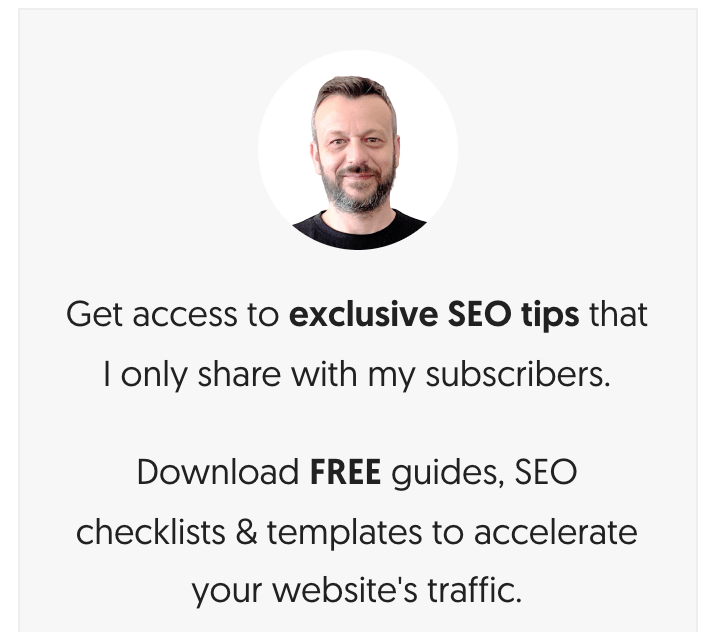
3. Make it easy to subscribe
Where you place the email registration box is very important. Most websites tend to add this to the sidebar (either top or bottom) but this is the least effective position.
For best results make sure that the registration box is in the main content of the page. You can have it within your content, below or on top of your page or article.
Here is an example:
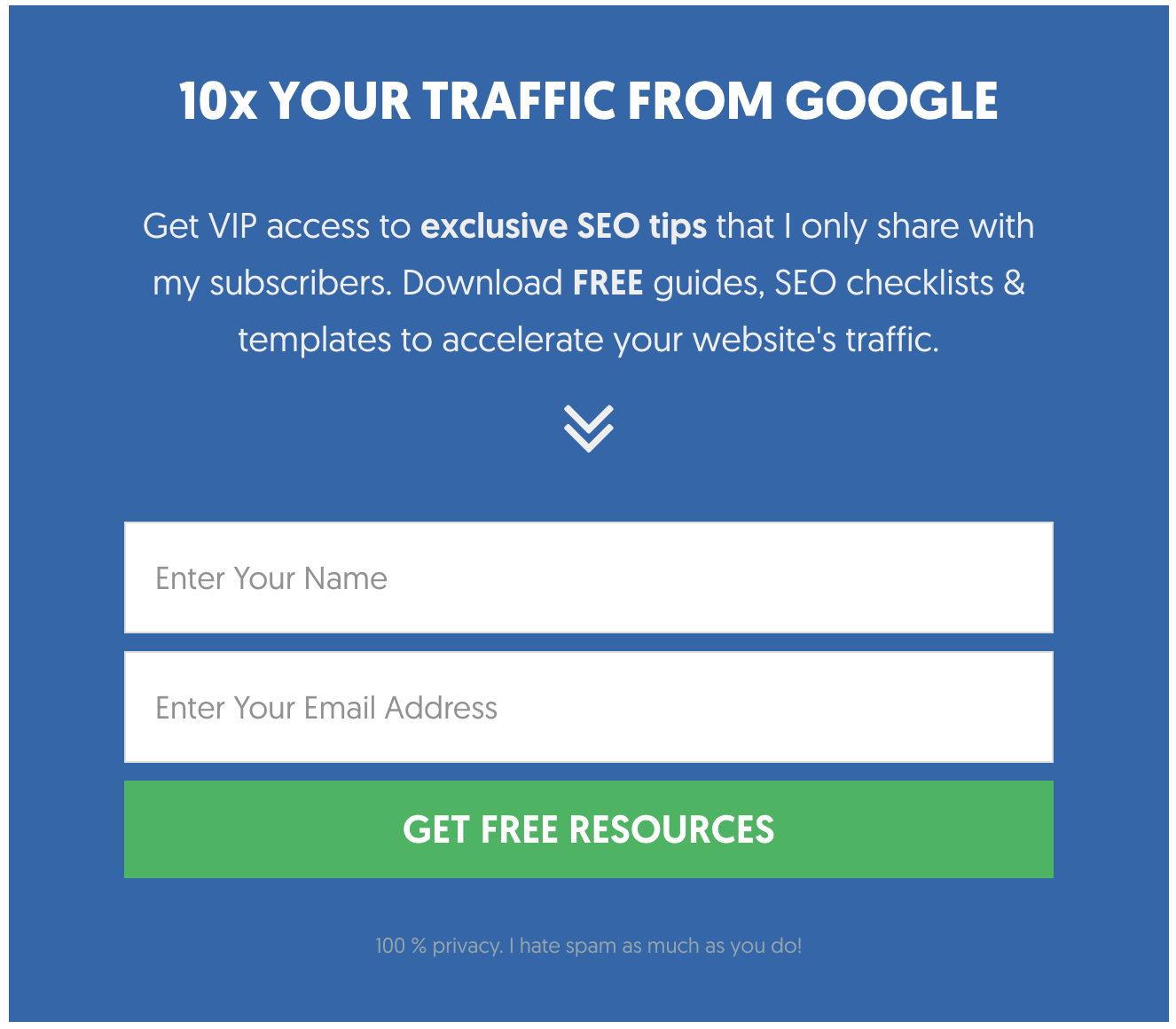
4. Create a dedicated sign-up page
You should also consider creating a dedicated sign-up page to explain why should someone register to your list.
You can add this page to your menu (both desktop and mobile) and you can use it to run A/B tests to find out the most effective design and message(s) to use.
Here is an example from my website:
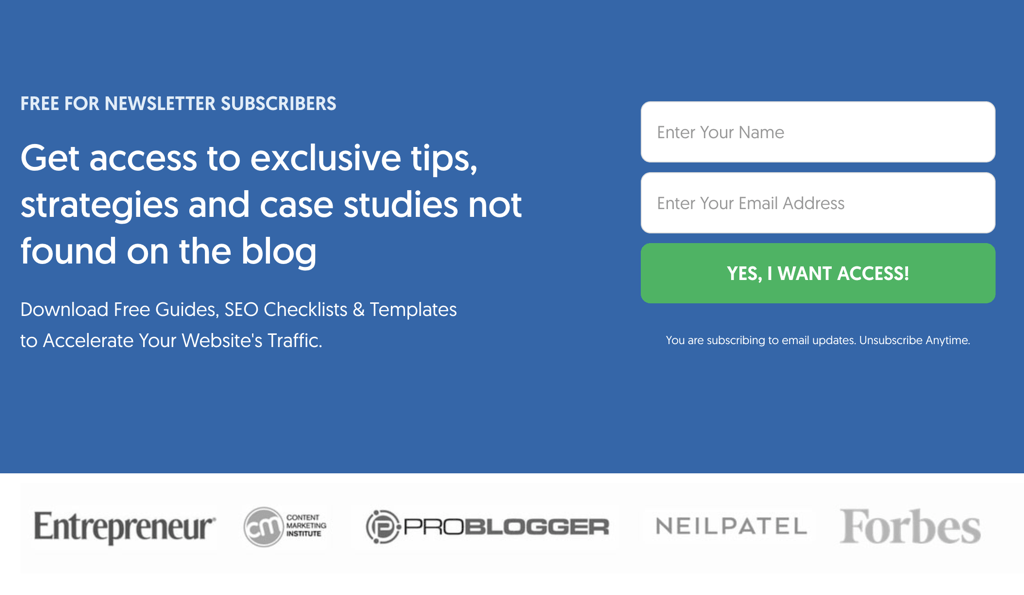
By measuring the number of page views and number of email signups, you can find out the message or offerings that drive more email sign-ups.
5. Exit Pop-up and Flyout Boxes
Desktop
I know that some people don’t like pop-ups or flyout boxes but when it comes to growing an email list they are the most effective tools you can safely use.
When you try to exit the page while reading one of my blog posts, (move the mouse like you are trying to open a new tab) you will see a pop-up window asking you to register to my newsletter.
This pop-up has more than 10% conversion rate for my website. This means that out of the 100 people that see the pop-up, 10 registers to my newsletter.
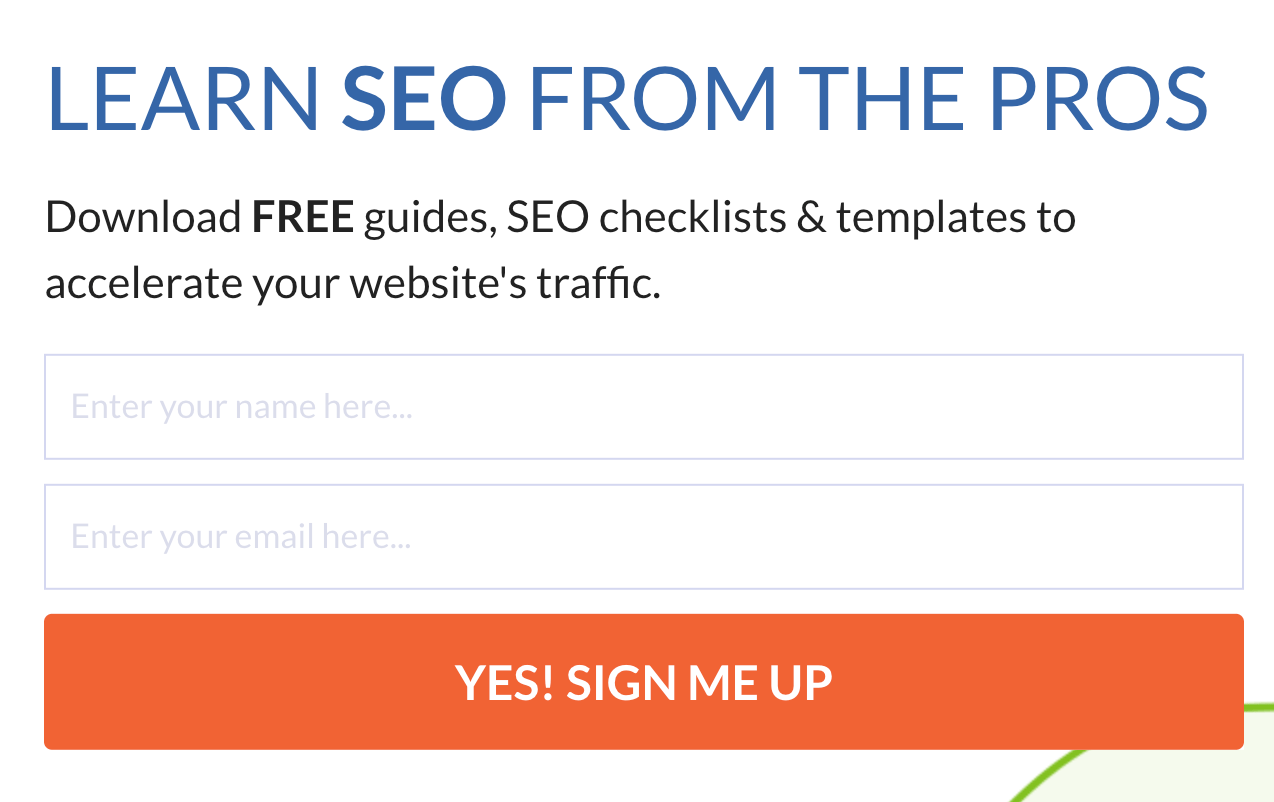
I have tested this on many other websites and the results are very good. If you don’t like this kind of pop-up you can use a flyout box (a window that pop-ups in the bottom right corner) or any other combination you want.
What is important is to grab the attention of the user so that they see what you are offering in return for their email address.
Mobile
On mobile, you cannot have an exit-intent popup but you can use a flyout box. If you visit my blog on mobile, you’ll see that a popup appears after 10 seconds asking you to sign-up for my newsletter to download a free SEO checklist.

This is not against SEO best practices provided that:
- The popup is not covering the whole screen
- Users can easily close the popup
- Popup does not appear immediately on page load
6. Ask for minimum information
Don’t ask for a lot of information since people are more willing to just type their email addresses instead of giving you their telephone number or other personal information.
If you think about it, in the majority of the cases you only need their email address and you can later get other information by ‘connecting’ with them through email.
7. Give them real incentives
A great way to convince people to subscribe to your list is to give them some benefit. A common practice is to give them a free ebook, coupon code or access to a protected area in return for their email address.
I have used this technique many times and it is very effective; when you subscribe to my email list, you get free access to a number of SEO resources.
What you should have in mind is not to trick people by giving them false information or making promises you cannot meet.
Always remember that getting them to subscribe is your first goal but your ultimate goal is to make something out of your list (more traffic to your website, more sales, etc).
If you make false promises a lot of people will unsubscribe and mark your email as spam (and this is not good).
8. Use Double Opt-in Email Verification
Double opt-in is the process of asking users to verify their email address before they enter your list. This adds an extra step to the process but it’s a very effective way to protect your list from spammers and bots.
When people enter their email address, they will get an email message with a link to confirm their address. This ensures that emails entered are valid and not autogenerated.
Remember that at the end of the day you don’t want a big list of inactive emails but a list of people that want to receive your messages.
If someone is not willing to take the extra step to verify their email address, then it’s not the kind of person you want to have on your list.
All email providers and tools offer this functionality out of the box so the only thing you need to do is to make sure that ‘double opt-in’ is enabled.
9. Send a Welcome Email
The ‘Welcome email’, is the first email they will receive from you after they confirm their email address. While this is a step that comes after someone joins your list, it is still important.
The purpose of the welcome email is:
- To thank users for trusting you with their email and welcome them to your community.
- To send them the information they signed up for.
- To introduce yourself and briefly explain what to expect from your emails
Keep your welcome emails short and to the point and make sure you accurately measure your ‘email open rates’ and ‘email click-through rates’.
If your welcome emails don’t get opened then you may have to work on your subject title and make it more intriguing.
10. Make it easy to un-subscribe
The purpose of having an email list is to engage with your users and for this to work, they need to feel that they can unsubscribe from your list easily.
Obviously this step will not help you get more email subscribers but will help maintain your subscribers which is equally important.
So, you need to make sure that the ‘unsubscribe’ button is visible in your emails and when clicked it automatically unsubscribes users without asking questions or requiring any other steps.
As an additional step, you can mention in your signup form and welcome email that they can subscribe at any time.
Key Learnings
Maintaining and growing an email list is as important as promoting your website on social media. Not only it’s a great way to increase your blog traffic but it’s also a very effective way to increase sales and interactions.
The best way to get more email subscribers is to position your email subscription box in the main content of your page or as a popup window.
Making it very easy to subscribe by asking only for an email address will increase your subscription rate.
If you have used any other methods that made a difference in your email subscription rates, let me know in the comments below.
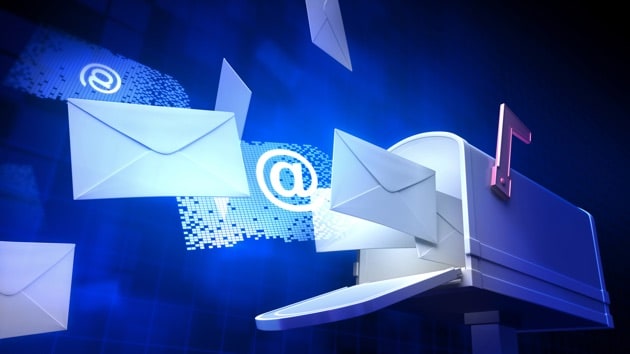



Hello Alex,
Thank you for your tips. Here are some points that i would like to add which will compliments your blog topics.
1. Craft more compelling offers for your product and service
2. Make it as easy as possible to enter an email address
3. Build your newsletter, like that matters to the audience
4. Add social share buttons
5. Engage new subscribers immediately with your thank-you page